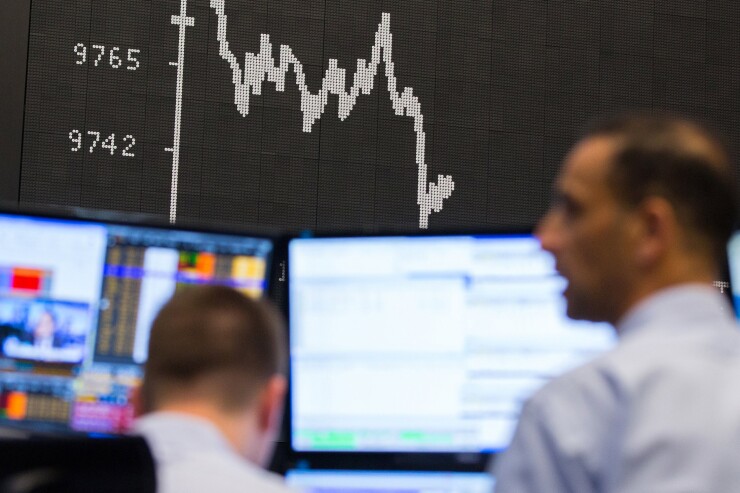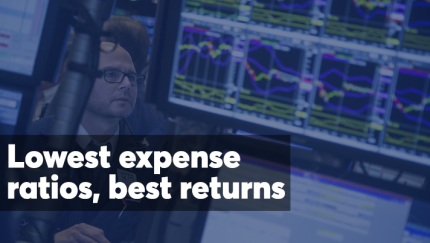Apples? Oranges? Orange apples?
A rule change that came into effect under MiFID II Wednesday is supposed to make it easier for investors to compare fees charged by investment funds and distributors. But a lack of consistent methodology means they may struggle to figure out exactly what they’re comparing.
Investors “will face a patchwork of contradictory information in 2018,” said Thomas Richter, CEO of the German investment funds association BVI. “This will confuse consumers rather than making things clearer.”

Investors will receive as many as four different documents for the same fund, depending on whether it comes from an asset manager, a bank, an insurer or a German pension product known as Riester, according to BVI. The way costs are disclosed is up to the distributors and the methodologies and estimates used to calculate transaction costs vary between fund managers.
“Until a common standard emerges, it may be difficult for investors to make like-for-like comparisons on cost,” said James Norton, senior investment planner at Vanguard, which manages $4.9 trillion. “We have made the necessary data available to all of our distribution partners.”
-
Practitioners say the rules conceal problems that regulators never fully considered.
August 21 -
Software from Liquidnet is designed to avoid curbs on dark pools in Europe.
August 15 -
The regulation encourages more transparency around fees for products that weren’t previously required to reveal such information.
August 10
MiFID II seeks to protect investors with wider disclosure of product suitability and trading as regulators seek to get a better deal for investors as part of the biggest shake-up to financial regulation in the region in a decade. Costs can include ongoing management expenses and performance fees, as well as any retrocession or payments from asset managers to distributors.
While asset managers aren’t directly subject to the rules, they must make cost and fee disclosures across their distribution channels. Hargreaves Lansdown and BlackRock both started disclosing additional fee information in December at the request of clients.
It paid in 2017 to be a penny-pinching retiree because target-date funds dominate the cross-section of profitable and cheap.
“We are breaking up the production chain of asset management,” said Daniel Roy, CEO at La Banque Postale Asset Management, which oversees $261 billion in assets. “This is where hidden margins will disappear.”
Despite the initial imperfections, the change will allow consumers to take a closer look at fund costs — especially commissions paid to distributors that account for more than half of management fees, according to Jean-Pierre Grimaud, CEO of OFI Asset Management, which oversees about $84 billion.
“One of the first reactions of consumers will be to say it’s very expensive,” Grimaud said. “Then it will be a serious conversation between the distributor and the fund originator. Will the distributor be willing to lower its margins? Their first reaction will be to ask us to lower ours, but after a certain point margins will be cut to the bone.”






